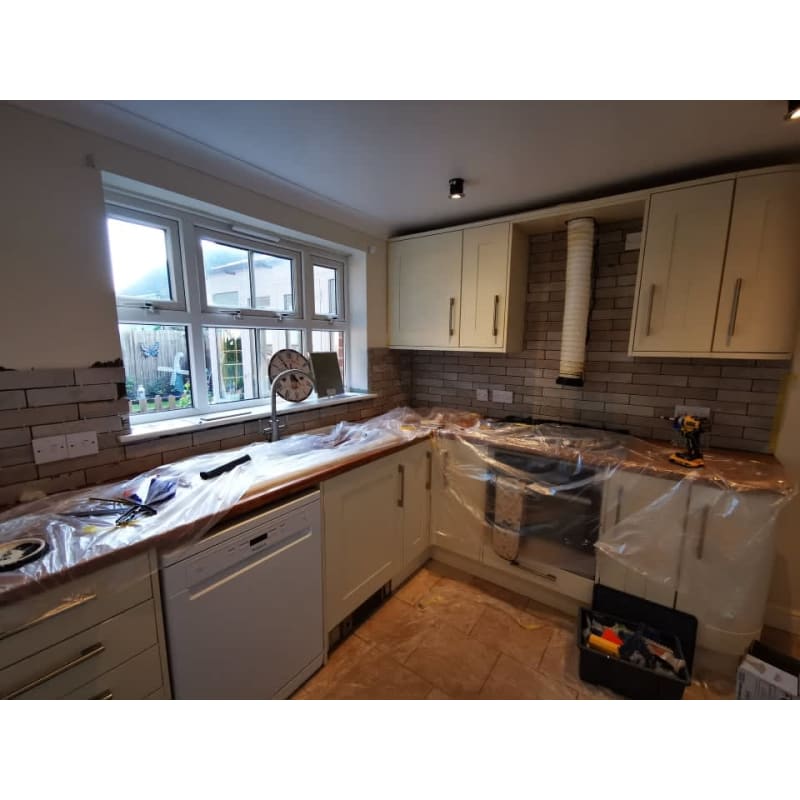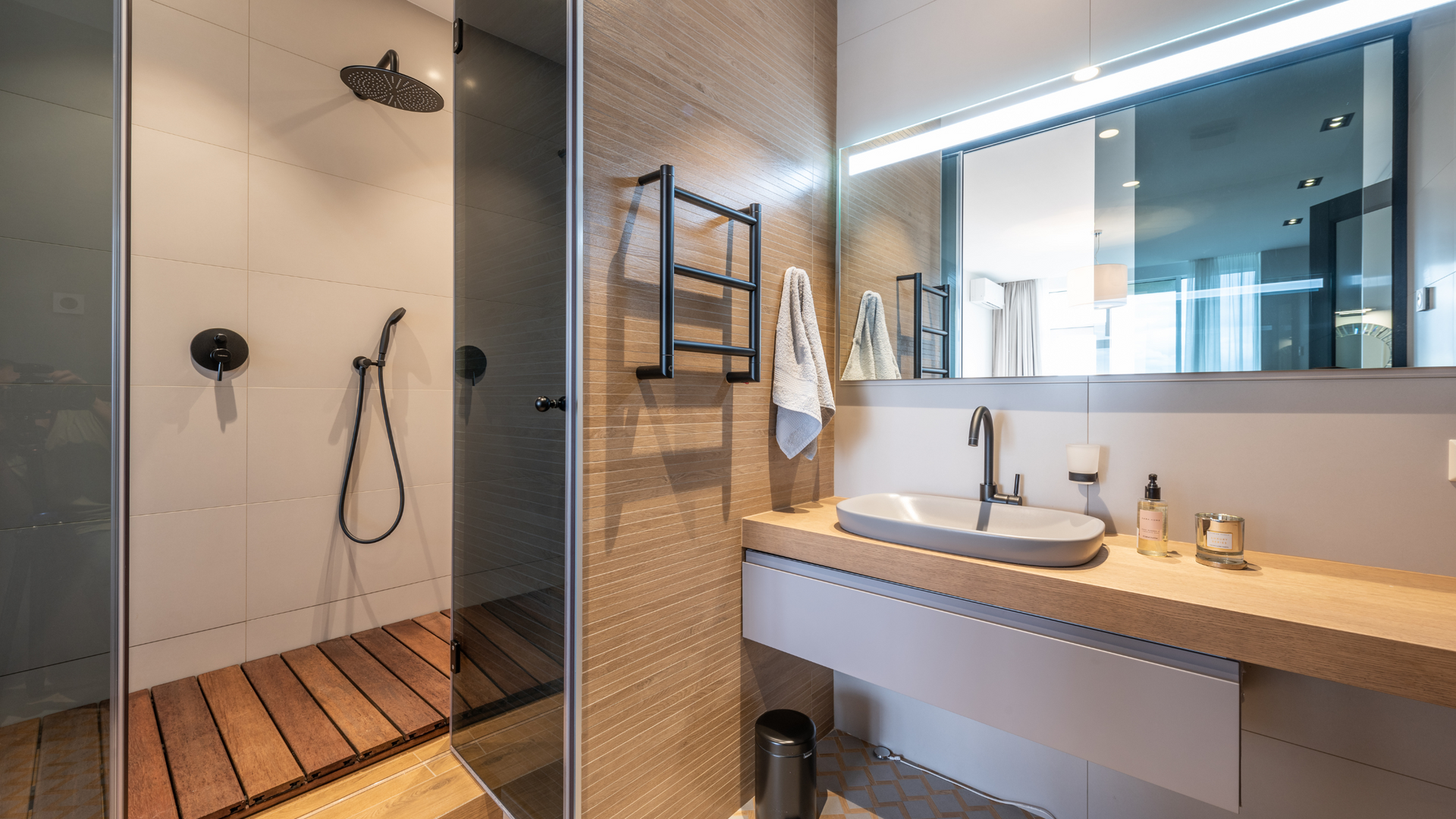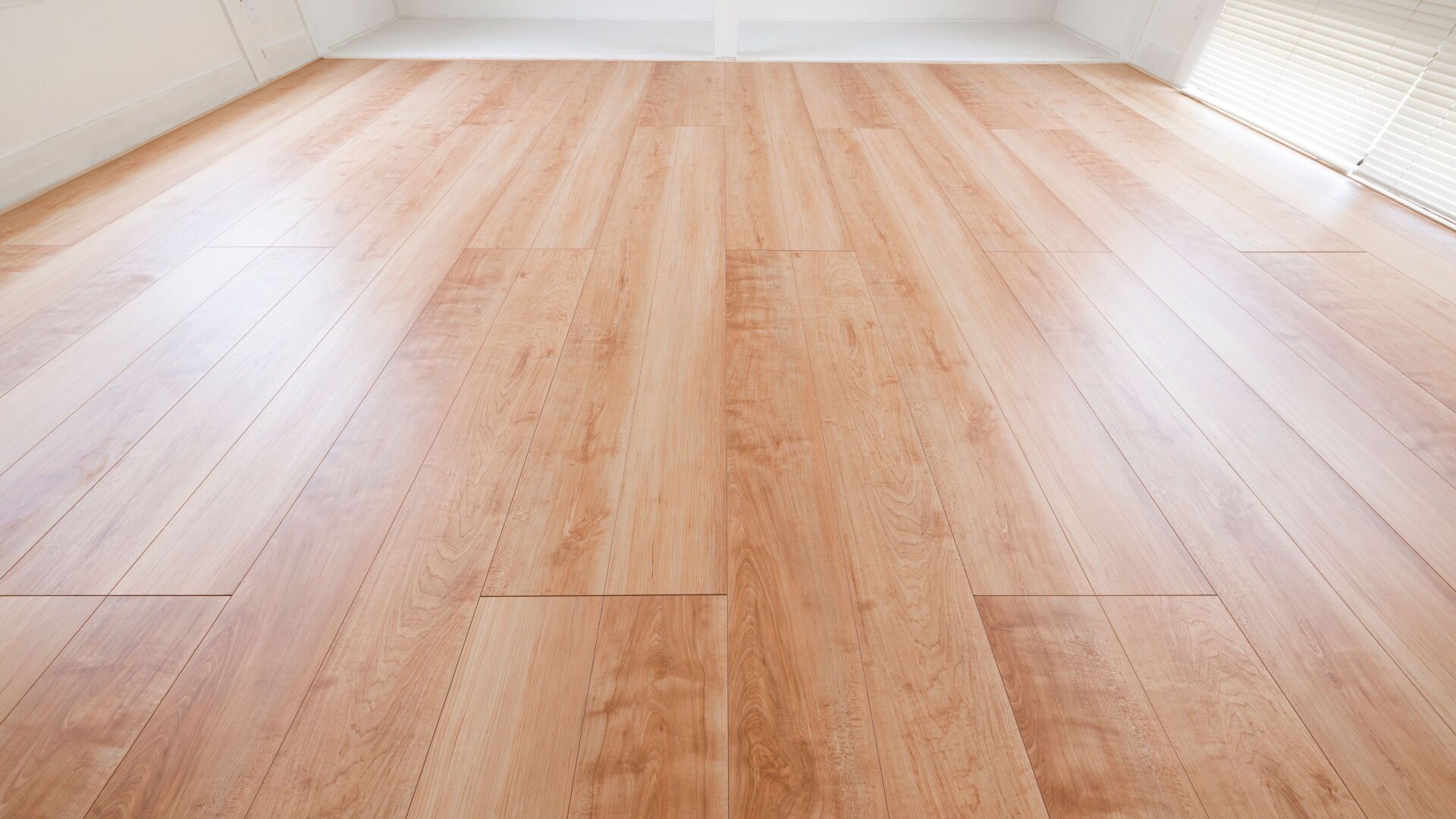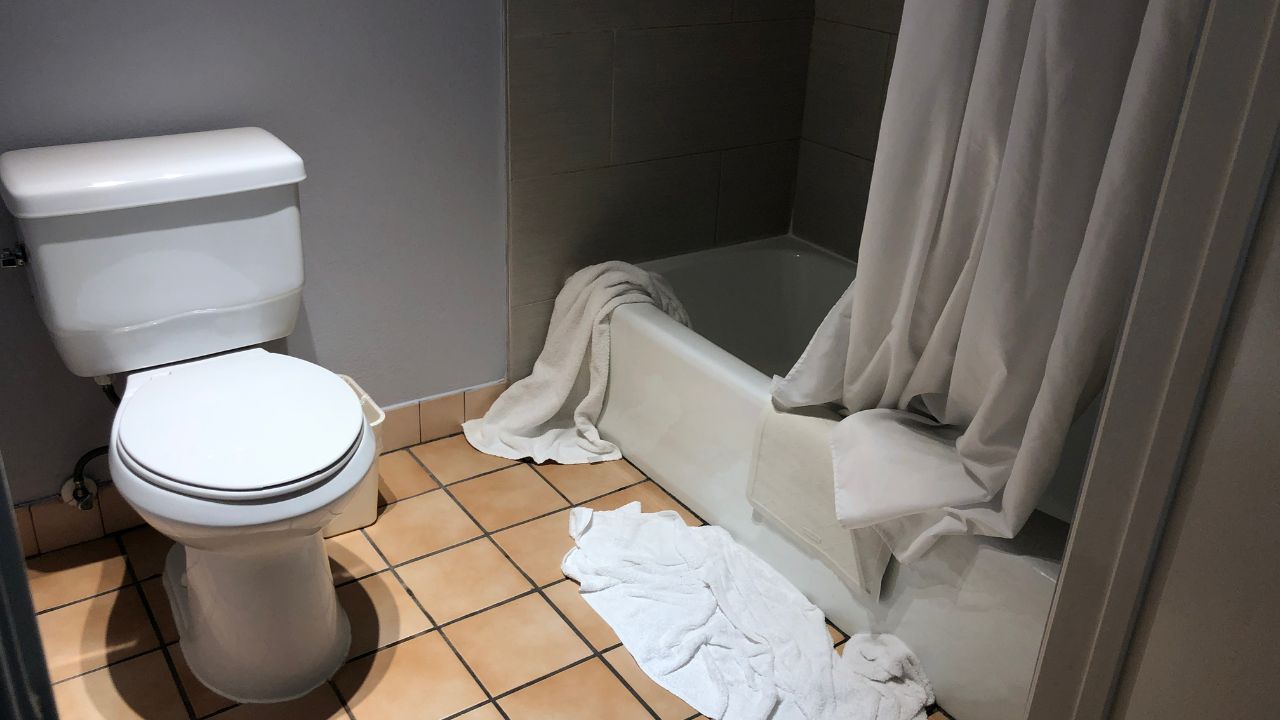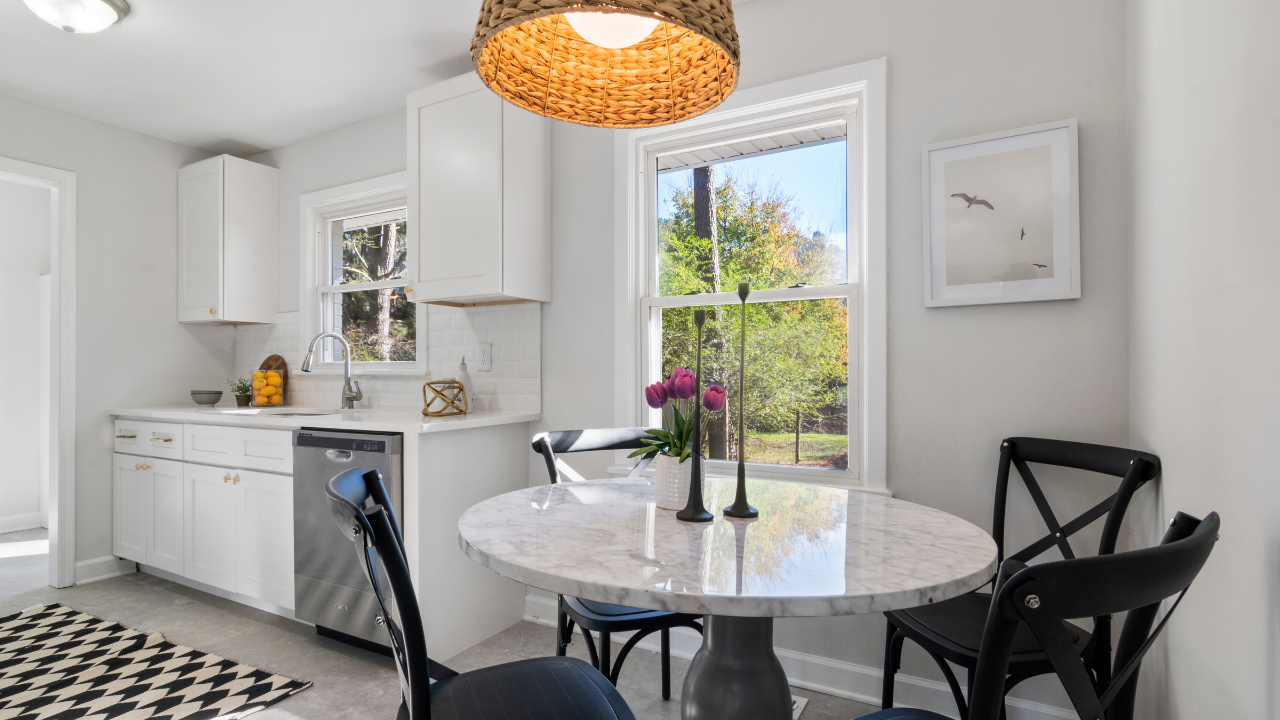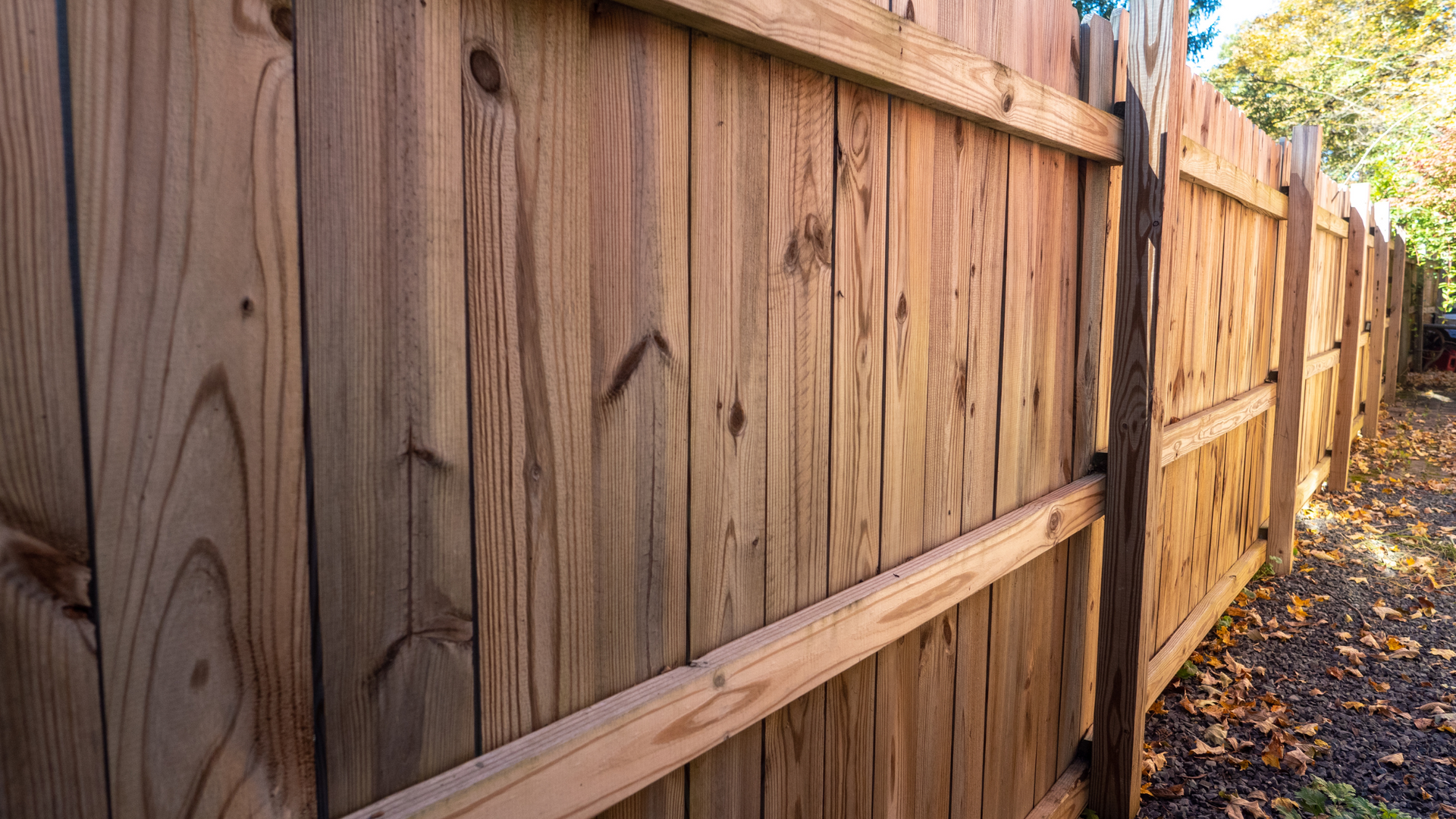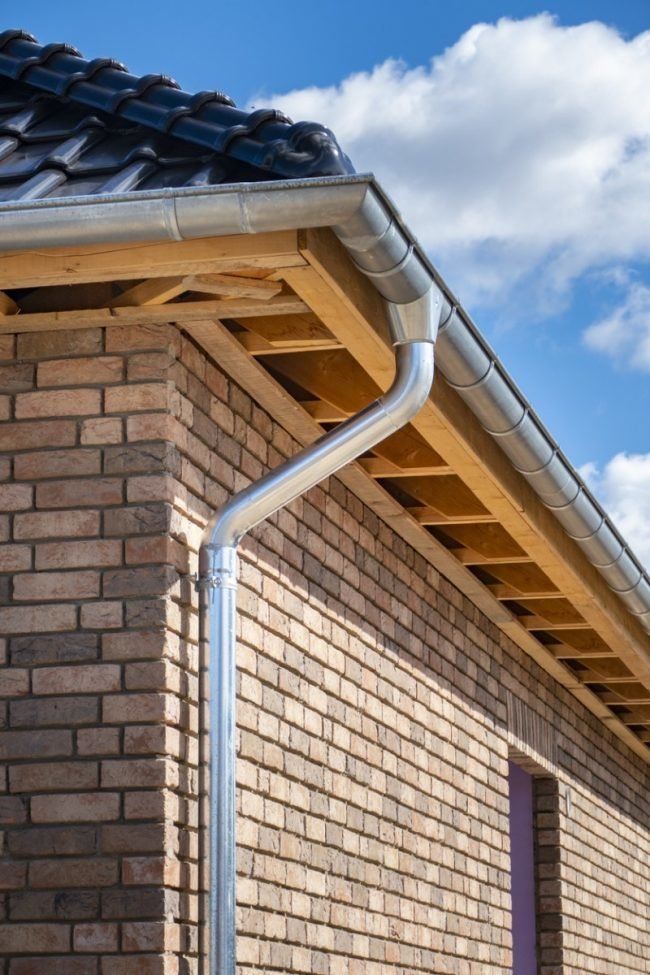How To Grout a Tiled Room - DIY Hack!
How To Grout a Tiled Room in 2023 - Improve Your DIY Knowledge!
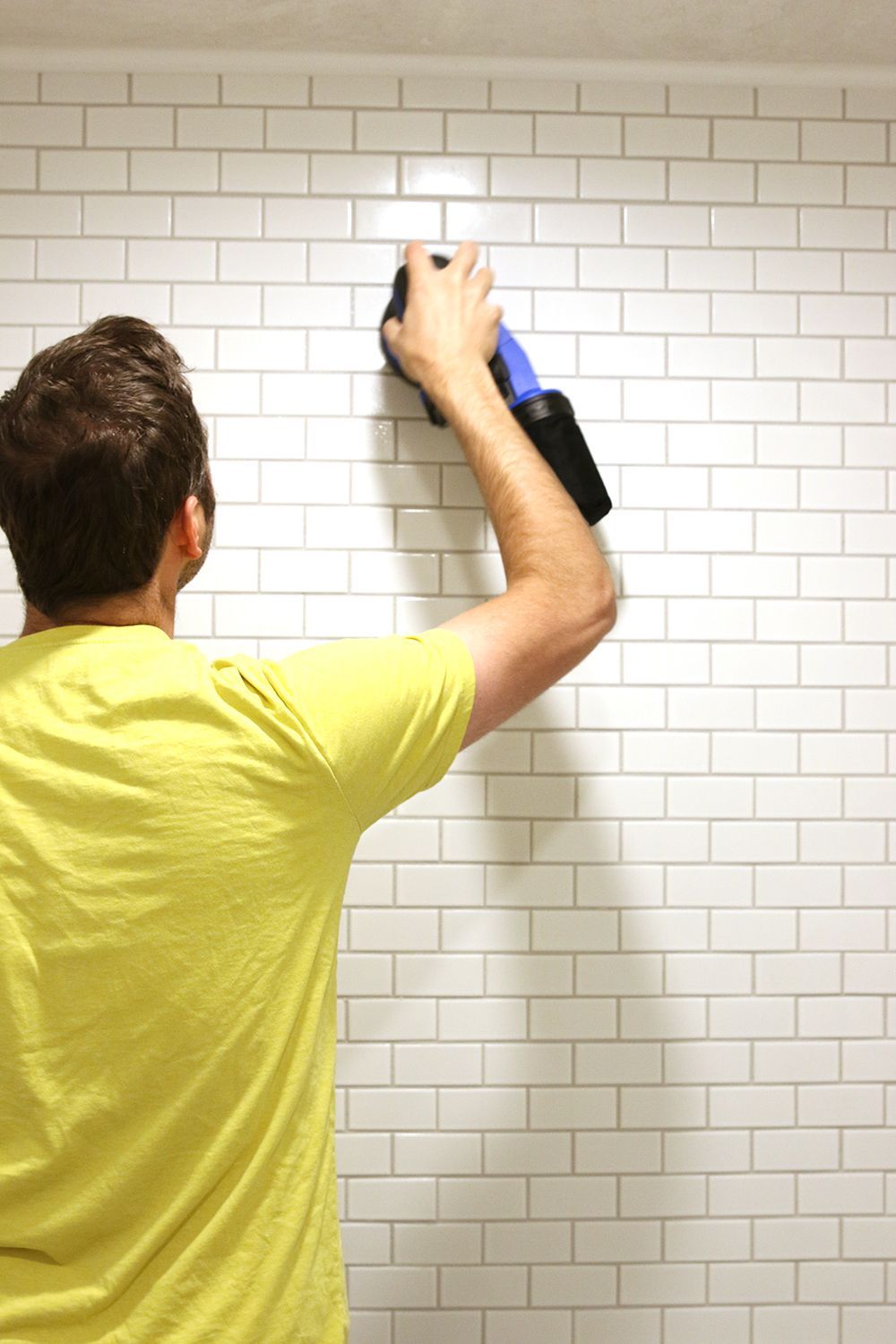
Grouting can save you a lot of money, by substituting funds with 3-4 hours of your own time! Grouting is the final phase of installing a tiled wall or floor after the adhesive has fully activated. Grouting is not incredibly difficult to complete to a high/acceptable standard, but can go very wrong if the process isn't followed correctly! This is why we've created this 5-minute blog post, to not only help save you time but to explain the steps needed to grout like a pro!
What Are the Types of Grout?
Grout comes in either a premixed or powdered form, and is either sanded or a non-sanded type. Selecting the correct grout for the type of tile you have is paramount in ensuring no complications arise!
Powdered grout must be mixed with water before use. Premixed grout comes in tubs and is convenient for smaller jobs. A non-sanded grout is suitable for grout joints up to 1/8 inch wide. Sanded grout is best for joints over 1/8 inch wide - however, this material is a little more difficult to work with in comparison to non-sanded grout, but is much stronger and helps to prevent cracking in wide joints.
Before Mixing the Grout
Make sure your tiles are prepared. This means ensuring the adhesive has set and there aren't any spacers left in between the tiles.
What You'll Need
Equipment:
- Grout Sponge.
- Rubber Grout Float.
- Cloth (to wipe excess grout).
- Plastic Bucket (take the bathroom size into account).
Materials:
- Grout
- Water
Mix the Grout
Mix the powder with water in a plastic bucket. Add little splashes of water at a time so your grout doesn't become too liquidated. Keep repeating this process until you achieve a toothpaste-like consistency. If grout's consistency looks overly liquid, add some more powder and this should even it out.
Apply the Grout
Whilst applying the grout, do not cover the whole float, as you are only filling in little sections at a time to ensure the right amount of grout is left within the gaps. Work from bottom to top and brush whilst adding slight pressure to fill in the holes. Reload the float after completing a small section and repeat.
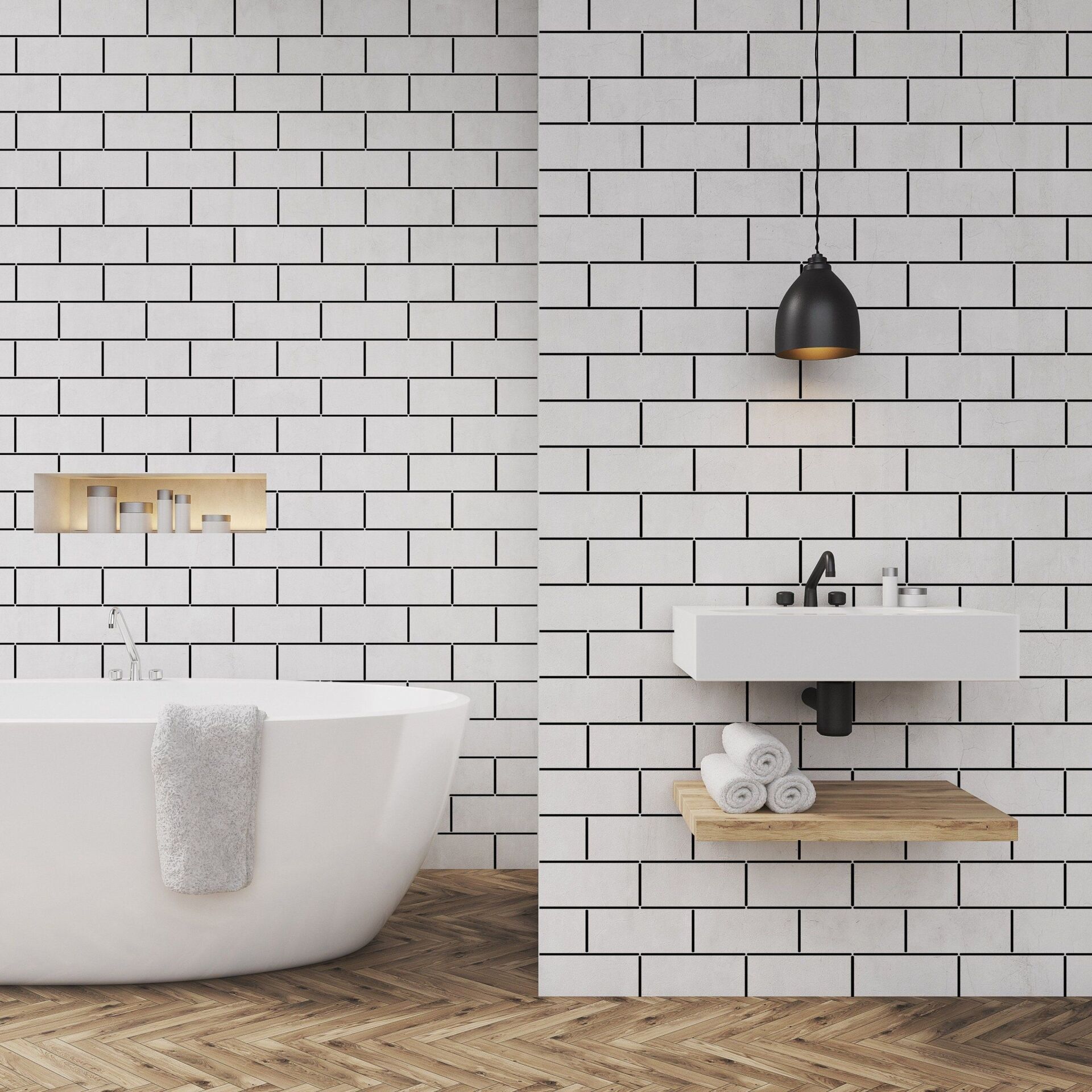
Getting the Sponge to Use
After 20 minutes the grout should have mostly dried, and at a stage it should still wipe off with little effort. Use this to your advantage and clean the tiles to wipe down any excess, smoothening out the grout by brushing very gently across the gaps. Use hot water to make it even easier for yourself! A word of caution: leaving the grout to dry for a long period of time will cause you great difficulty in scraping off any excess. The key is to leave it long enough to slightly harden, but not too long for it to completely dry.
Finishing Touch
Brush your finger across the grout to mould it into the gaps and there you have it - you've now grouted your first room! Anything is possible if you dedicate time into learning something new, and then step out of your comfort zone to apply these skills!
We hope you've found this blog post helpful. If so, please feel free to share it with your friends or across social platforms - it helps support local, Norfolk based business! If you would like to discuss how Just Perfect Property Maintenance could help with Bathroom/ Kitchen fitting or for any other enquiries, get in touch today. Just simply email us at info@jp-propertymaintenance.co.uk or call our landline on 01953 542 313.

